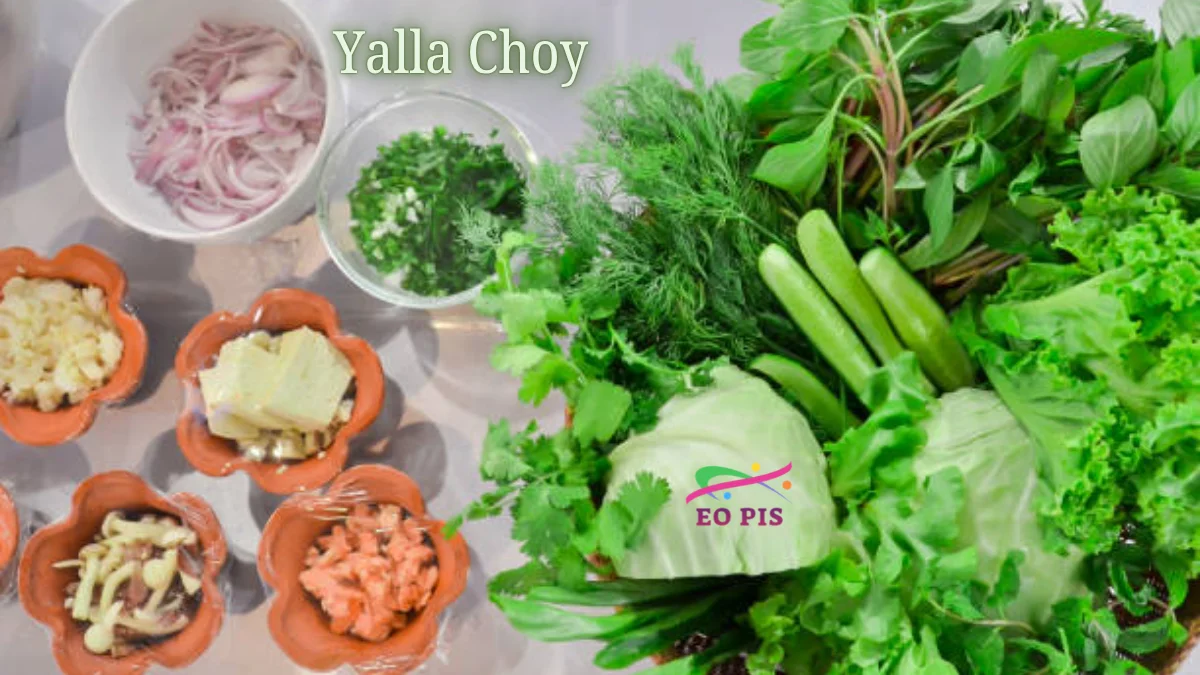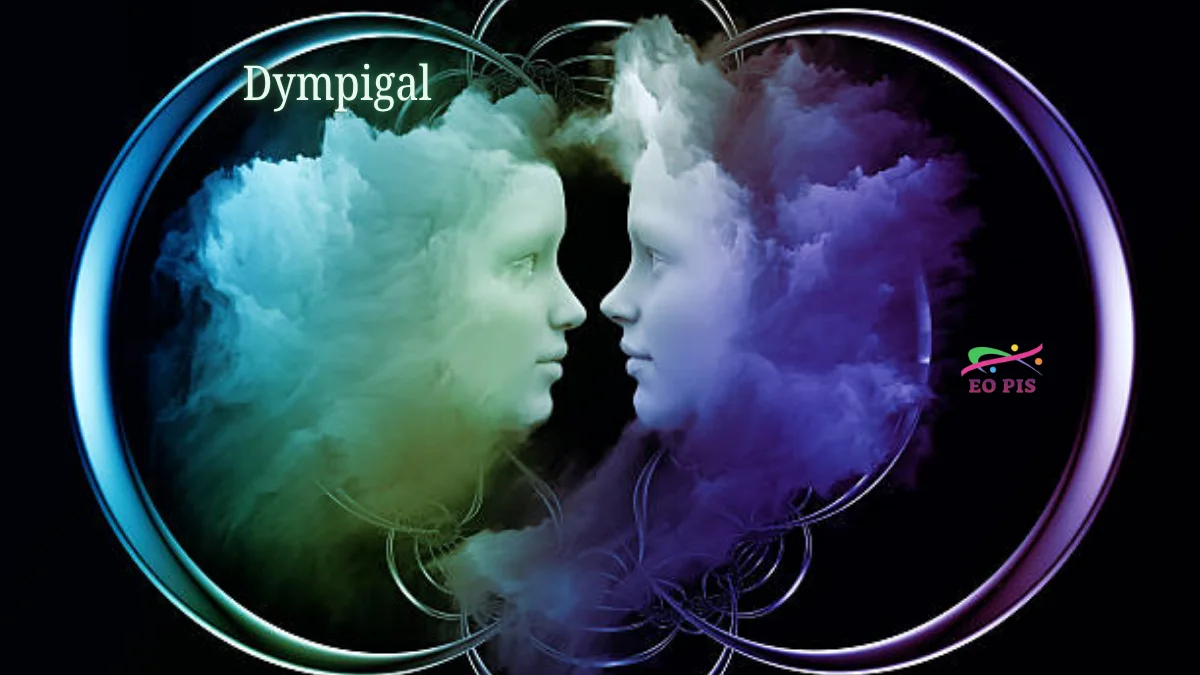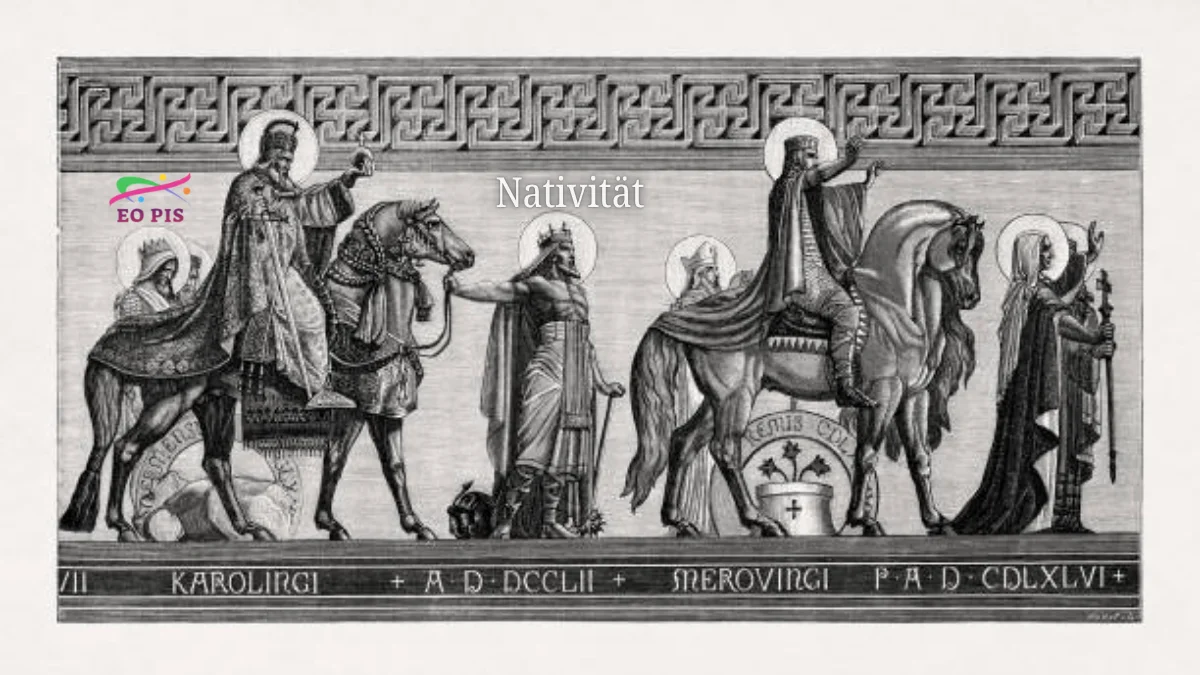General
Yalla Choy: Explore the Rich Flavors and Cultural Heritage

Introduction to Yalla Choy
Yalla Choy is not just a dish; it’s an experience that tantalizes your taste buds and transports you to vibrant markets filled with the aromas of spices and fresh ingredients. Originating from rich cultural backgrounds, Yalla Choy embodies flavors that tell stories of tradition and community. From bustling street vendors to family gatherings, this beloved cuisine invites everyone to savor its unique charm.
Are you ready to embark on a culinary journey? Dive deep into the world of Yalla Choy as we explore its history, must-try dishes, regional variations, health benefits, and tips on how to incorporate it into your everyday meals. Get ready for an adventure in flavor!
History and Cultural Significance
Yalla Choy traces its origins to the rich culinary heritage of Southeast Asia. Its origins can be traced back to ancient trade routes, where spices and herbs were exchanged among cultures.
Historically, Yalla Choy was not just a meal; it represented hospitality and community bonding. Families often gathered to prepare and share these dishes during festivals or significant life events.
The use of local ingredients reflects the agricultural heritage of the regions where Yalla Choy thrives. Each component tells a story, showcasing the flavors unique to its environment.
Beyond food, Yalla Choy serves as a bridge connecting generations. Elders pass down recipes while sharing tales from their youth. This blend of history and culture transforms every dish into an experience rather than mere sustenance.
Must-Try Dishes and Ingredients
When diving into the world of yalla choy, several dishes capture its essence beautifully. One must-try dish is stir-fried yalla choy itself, often tossed with garlic and a splash of soy sauce. The simplicity showcases its vibrant flavor.
Another favorite is yalla choy soup, where tender leaves swim in a rich broth alongside mushrooms and tofu. It’s comforting and nourishing.
Don’t forget about the unique ingredients that elevate these dishes. Sesame oil adds depth, while chili flakes introduce a hint of heat.
For those looking to experiment, pairing yalla choy with shrimp or chicken can create mouth-watering fusion meals everyone will love. Each preparation allows for creativity while honoring tradition.
Regional Variations of Yalla Choy
Yalla Choy is a dish that flourishes in various regions, each adding its own unique twist. In coastal areas, for instance, you might find it infused with fresh seafood flavors. The addition of shrimp or fish enhances the already delightful taste.
In contrast, inland variations often focus on hearty meat ingredients. There’s a rich use of beef or lamb that can bring an entirely different texture and flavor profile to the dish.
Spices also play a significant role in regional adaptations. Some areas favor aromatic herbs like basil and mint, while others opt for spicier elements such as chili peppers.
Even cooking methods differ across locations—some prefer steaming the greens to retain their nutrients, while others may stir-fry them for added crunch and depth of flavor. Each variation tells a story rooted in local traditions and communal dining experiences.
Health Benefits of Yalla Choy
Yalla choy is more than just a delicious dish; it packs a punch when it comes to health benefits. This vibrant leafy green is rich in vitamins A, C, and K. These nutrients play essential roles in boosting immunity and supporting healthy skin.
High in antioxidants, yallas choy helps combat oxidative stress. It can contribute to reducing inflammation throughout the body. Incorporating these greens into your meals can be an excellent way to promote heart health.
The fiber content of yallas choy aids digestion, keeping your gut happy and functioning smoothly. Plus, with minimal calories but plenty of nutrients, it’s a perfect addition for those mindful of their weight.
Eating yallas choy regularly may also help regulate blood sugar levels due to its low glycemic index. It’s not just food; it’s nourishment that supports overall well-being.
How to Incorporate Yalla Choy into Your Diet?
Incorporating Yalla Choy into your diet is easier than you might think. Start by adding it to stir-fries for an instant flavor boost. The crunchy texture and vibrant taste elevate any dish.
You can also toss fresh Yallas Choy leaves in salads. They add a unique twist when paired with citrus dressings or sesame oil. This keeps your meals refreshing and exciting.
For soup lovers, consider including Yallas Choy in broths or noodle soups. Its earthy notes complement the savory flavors beautifully.
If you’re feeling adventurous, try making a traditional Yallas Choy dumpling filling. Combine minced meat with chopped greens for a delicious treat that showcases its versatility.
Blend it into smoothies for added nutrition without overwhelming flavors. It’s a fantastic way to sneak some greens into your day while enjoying something tasty.
Conclusion: Embrace the Flavors and Culture of Yalla Choy?
Yalla Choy is more than just a dish; it’s an experience that brings people together. The rich flavors and diverse ingredients create a tapestry of taste that reflects the vibrant culture surrounding it. By exploring its history, you can appreciate the deep roots Yallas Choy has in communities.
As you delve into this culinary journey, don’t forget to try out unique variations from different regions. Each locale adds its own twist, showcasing local produce and distinct cooking methods.
Incorporating Yallas Choy into your diet not only enhances your meals but also connects you to the traditions behind them. With numerous health benefits linked to its ingredients, enjoying Yallas Choy is both delicious and nutritious.
Embrace this flavorful adventure. Step outside your comfort zone and savor each bite while celebrating the cultural heritage embedded within every dish of Yallas Choy. Let these experiences inspire your palate and enrich your understanding of food as a bridge between cultures.
General
Utanmazkzılar: How a Word Became a Cultural Movement

Introduction to Utanmazkzılar
In a world where self-expression often meets resistance, the term “utanmazkzılar” has emerged as a powerful rallying cry. It’s more than just a word; it’s an embodiment of defiance and fearless authenticity. As society grapples with norms and expectations, this cultural movement encourages individuals to embrace their true selves without shame or hesitation. The essence of utanmazkzılar is resonating across various communities, inspiring countless people to shed societal constraints and celebrate individuality in all its forms. Curious about how this unique concept came to be? Let’s dive into the origin, spread, impact, and meaning behind utanmazkzılar!
The Origin and Meaning of Utanmazkzılar
The term “utanmazkzılar” carries rich cultural significance. It stems from a blend of social and linguistic influences, emphasizing boldness and the rejection of shame.
In its essence, the word celebrates authenticity. It’s about being true to oneself without succumbing to societal pressures or expectations. This mindset resonates deeply with those who feel marginalized or misunderstood.
Etymologically, “utanmazkzılar” combines roots that suggest fearlessness. This signifies a collective defiance against conventional norms that stifle individuality.
As this concept gained traction, it evolved into more than just a term; it became an anthem for those advocating self-love and acceptance in all forms. Its appeal lies in its ability to unite people under a shared experience of resilience and empowerment.
The Spread of Utanmazkzılar as a Cultural Movement
The concept of utanmazkzılar quickly transcended its linguistic roots. It transformed into a cultural phenomenon that resonated with many.
Social media played a vital role in this spread. Platforms like Instagram and Twitter became hotbeds for discussions, memes, and art celebrating the idea behind utanmazkzılar. Influencers began to adopt it as a badge of honor.
As more people embraced the term, grassroots movements emerged. Community events showcased performances and talks centered on self-acceptance and breaking societal norms. Public acceptance grew steadily.
Artistic expressions flourished alongside this movement too. Musicians penned songs that echoed the spirit of utanmazkzılar while filmmakers tackled complex themes related to identity without shame.
This cultural shift didn’t happen overnight but gradually gained momentum across diverse communities worldwide, uniting individuals under a shared ethos of courage and authenticity.
Impact on Society and Pop Culture
The impact of utanmazkzılar on society is profound. This movement has sparked conversations about authenticity, self-acceptance, and the rejection of societal norms.
In pop culture, we see its influence in music, fashion, and social media. Artists are embracing unapologetic expressions that resonate with the core values of utanmazkzılar. Their works challenge conventional beauty standards and encourage people to be true to themselves.
Television shows have also picked up on this trend. Characters who embody the spirit of utanmazkzılar often break free from stereotypes. They represent a new wave of narratives that celebrate individuality over conformity.
Social media platforms brim with content inspired by this cultural shift. Users share their stories without filters or edits—showcasing raw emotions and unvarnished experiences.
This movement is reshaping how we perceive identity in modern life. It encourages open dialogues around personal truths and societal acceptance.
Controversies Surrounding Utanmazkzılar
Utanmazkzılar has sparked intense debates across various platforms. Critics argue that the movement promotes a form of rebellion that challenges traditional values. They believe it encourages irresponsibility and undermines social norms.
On the other hand, supporters view these criticisms as misunderstandings. For many, being utanmazkzılar is about embracing authenticity and self-expression. This perspective sees value in questioning societal boundaries rather than adhering to them blindly.
Additionally, some have pointed out potential misuse of the term by individuals seeking attention rather than genuine change. The line between empowerment and exploitation can often blur in this cultural phenomenon.
The discussions around utanmazkzılar reflect broader issues within society—identity, freedom, and accountability. As more voices join the conversation, it becomes evident that this term encapsulates a complex blend of ideas worth examining deeply.
Embracing the Spirit of Utanmazkzılar in Our Lives
Embracing the spirit of utanmazkzılar is about authenticity. It’s a call to live unapologetically, free from societal constraints.
This movement encourages you to own your truth. Whether it’s expressing your creativity or standing firm in your beliefs, every act becomes a celebration of self-acceptance.
In daily life, this can manifest in small yet powerful ways. Perhaps it’s sharing your personal story without fear of judgment or pursuing passions that resonate deeply within you.
The essence of utanmazkzılar lies in community too. Surround yourself with those who uplift and inspire you. Together, forge connections based on mutual respect and understanding.
Let go of the need for approval; instead, focus on what makes you feel alive and connected to others. Each step taken towards embracing this ethos strengthens both individual identity and collective spirit, illustrating how liberating it truly can be.
Conclusion
Utanmazkzılar has emerged as more than just a word; it signifies a cultural shift that resonates across various facets of society. This term encapsulates an ethos of unapologetic authenticity and courage. It encourages individuals to embrace their true selves, free from the constraints of societal expectations.
As we navigate through our daily lives, embracing the spirit of utanmazkzılar can lead to greater self-acceptance and empowerment. By challenging norms and celebrating individuality, each person contributes to this vibrant movement. Whether in art, fashion, or everyday interactions, the essence of utanmazkzılar inspires us all to live boldly.
The journey is ongoing. As awareness spreads and discussions deepen around this powerful concept, one thing is clear: utanmazkzılar is not merely a cultural phenomenon but an invitation for everyone to join in on redefining what it means to be authentic in today’s world. Embrace it wholeheartedly.
General
Dympigal: The Symbol of Duality, Shadow, and Hidden Wisdom

Introduction to Dympigal
Dympigal is not just a word; it’s an intriguing concept that dances on the edges of duality and wisdom. This fascinating symbol invites us to explore the shadows lurking within ourselves while celebrating the light that guides our journey. Have you ever been caught between two opposing forces? Or sensed hidden truths waiting to be unveiled? Dympigal offers a unique lens through which we can examine these experiences, revealing layers of meaning that resonate deeply with our personal narratives. Let’s embark on this enlightening exploration together, unlocking the mysteries behind Dympigal and its powerful significance in our lives.
The Origin and History of Dympigal
Dympigal has a rich and enigmatic history that dates back to ancient civilizations. Rooted in folklore, it was revered as a powerful symbol of balance between opposing forces.
Scholars believe its earliest mentions can be traced to mystical texts from lost cultures. These documents described Dympigal as both a guide and guardian, embodying the complexities of existence.
Throughout the ages, various interpretations emerged across different cultures. Some viewed it as an emblem of transformation, while others regarded it as a harbinger of introspection.
Artifacts linked to Dympigal have been discovered in archaeological sites, showcasing its significance in rituals and spiritual practices. The dual nature of this symbol captivated philosophers who sought deeper understanding through meditation and contemplation.
As time progressed, Dympigal continued to evolve but remained anchored in its original essence—a bridge between light and darkness within ourselves.
The Symbolism of Duality in Dympigal
Dympigal embodies the essence of duality, representing contrasting forces that coexist. It reflects light and dark, joy and sorrow, harmony and chaos. This balance is vital to understanding ourselves.
The symbol invites us to explore our inner dichotomies. Each aspect has its own value, teaching us lessons about acceptance and integration. Embracing both sides fosters growth.
In nature, day transitions into night seamlessly. Dympigal mirrors this rhythm, reminding us that opposites are not enemies but partners in existence. They enrich our experiences.
By recognizing these dualities within Dympigal’s framework, we gain insight into life’s complexities. The interplay between opposing energies can lead to profound realizations about human nature and spirituality.
Dympigal challenges us to look beyond surface appearances. In each shadow lies a potential for understanding—a deeper wisdom waiting to be uncovered through exploration of our multifaceted selves.
Uncovering the Shadow Aspects of Dympigal
Dympigal embodies more than just duality; it delves into the shadow aspects that often lurk beneath the surface. These hidden facets reveal our fears, insecurities, and unresolved conflicts.
Embracing these shadows is essential for personal growth. Dympigal encourages us to confront what we typically shy away from. By acknowledging these dark corners of our psyche, we find pathways to healing and transformation.
The symbolism intertwined with Dympigal serves as a reminder that light cannot exist without darkness. Each shadow holds lessons waiting to be uncovered. It’s in this dance between light and dark where true wisdom lies.
Exploring the darker side can feel daunting yet liberating at once. Through introspection and acceptance, individuals can harness their inner strength derived from understanding their complexities within the realm of Dympigal.
The Hidden Wisdom of Dympigal
Dympigal holds a treasure trove of hidden wisdom waiting to be explored. This ancient symbol invites us to delve deeper into the mysteries that lie beneath the surface.
At its core, Dympigal teaches the art of introspection. It challenges us to confront our inner truths and embrace vulnerability. In doing so, we can unlock profound insights about ourselves.
The beauty of Dympigal lies in its duality. It reveals that light cannot exist without darkness. Each shadow carries lessons that sharpen our understanding and enrich our lives.
Engaging with Dympigal encourages mindfulness and self-reflection. By embracing this symbol, we open ourselves up to transformative experiences that foster personal growth and enlightenment.
Its whispered secrets guide seekers on their journey toward self-discovery, offering clarity amid confusion. Those who listen closely may find answers they’ve long sought buried within themselves.
How to Incorporate Dympigal in Your Life?
Integrating Dympigal into your life can be a transformative experience. Start by reflecting on the duality present in your daily choices. Embrace both sides of yourself—the light and the shadow.
Consider journaling about your thoughts and feelings related to Dympigal’s symbolism. This practice helps unveil hidden wisdom within you.
Incorporate creative expression, like painting or writing poetry, inspired by Dympigal’s essence. Let the themes of duality and shadow guide your artistic endeavors.
Meditation can also play a significant role. Visualize the balance between opposing forces while focusing on breathwork to enhance awareness.
Seek out community spaces that celebrate diverse perspectives. Engage with others who appreciate the depth of Dympigal’s message, fostering connections that inspire growth and understanding.
Conclusion
Dympigal serves as a powerful reminder of the complexities of life. It embodies duality, showcasing both light and shadow aspects that we all encounter. This symbol encourages us to explore our hidden depths, revealing wisdom often overlooked in the chaos of daily life.
Incorporating Dympigals into your personal journey can lead to profound insights and growth. Embracing its symbolism invites a deeper understanding of yourself and your surroundings. Whether through art, meditation, or reflection, engaging with Dympigals opens doors to self-discovery.
As you navigate life’s challenges, remember the lessons held within this symbol. Allow it to inspire you towards greater awareness and balance in every aspect of existence. The path illuminated by Dympigals is one rich with potential for transformation and enlightenment.
General
Nativität: Exploring Its History, Meaning, and Cultural Impact

Introduction to Nativität and its significance
As the holiday season approaches, many of us find ourselves reflecting on cherished traditions that warm our hearts and bring families together. One such tradition, deeply rooted in history and culture, is Nativität. This term encapsulates more than just a festive celebration; it embodies the spirit of giving, compassion, and hope that resonates across generations. From beautifully crafted nativity scenes to carols echoing through towns, Nativität offers a glimpse into the rich tapestry of human experience centered around one profound event—the birth of Jesus Christ. Join us as we delve into its fascinating origins, diverse interpretations, and lasting impact on art and society worldwide. Prepare to rediscover what makes this tradition so special!
The origins of Nativity celebrations
The origins of Nativität celebrations trace back to the early Christian church. The birth of Jesus Christ, celebrated on December 25th, became a focal point for worship and reflection.
Historically, these gatherings began as simple commemorations. Over time, they evolved into more elaborate festivities that included feasting and communal prayers.
By the fourth century, this observance gained official recognition within Christianity. It provided a way for believers to connect with their faith during the winter solstice period when light returns to the world.
Various traditions emerged across cultures as communities adapted practices unique to their regions. From nativity scenes depicting Jesus’ humble beginnings to midnight masses filled with carols, each celebration reflects local customs intertwined with spiritual significance.
As centuries passed, these rituals not only honored religious beliefs but also fostered community bonds among individuals celebrating together.
Religious and cultural perspectives on Nativität
Nativität holds profound significance in various religious contexts. For Christians, it celebrates the birth of Jesus Christ, symbolizing hope and redemption. Churches around the world create beautiful nativity scenes that depict this holy event.
In contrast, other cultures incorporate unique traditions into their Nativität celebrations. In Spain, for instance, “La Navidad” blends local customs with biblical narratives. Families gather to share meals while reenacting the nativity story through lively performances.
Different faiths also explore themes of rebirth and renewal during this time. Many non-Christian communities embrace similar concepts of light overcoming darkness.
These diverse perspectives enrich our understanding of Nativität as a universal celebration of life’s beginnings. Each culture adds its own flavor to the festivities, creating a tapestry woven from shared values and beliefs across religions worldwide.
How Nativität is celebrated around the world?
Nativität celebrations vary widely across different cultures and regions, each adding unique flair to the tradition.
In Mexico, Las Posadas is a vibrant nine-day festival. Participants reenact Mary and Joseph’s search for shelter, culminating in lively gatherings filled with music and piñatas.
Meanwhile, in Italy, the Feast of the Nativity includes beautiful crèches displayed in homes and churches. The attention to detail often turns them into elaborate works of art.
In Ethiopia, Christmas falls on January 7th. Families dress in traditional white clothes called “shamma” while attending church services that can last all night long.
Across Eastern Europe, especially Poland, many observe Wigilia on Christmas Eve—a meal featuring twelve dishes symbolizing abundance. Each dish holds special meaning tied to family traditions.
These diverse customs reflect local beliefs while connecting people through shared values during this sacred season.
Impact of Nativität on art, music, and literature
The impact of Nativität on art is profound. Countless masterpieces depict the Nativity scene, capturing the essence of this sacred moment. From Renaissance paintings to modern installations, artists explore themes of hope and humility through their work.
In music, countless carols celebrate Nativität with melodies that resonate during the holiday season. Traditional hymns evoke feelings of peace and joy while contemporary interpretations blend genres to reach new audiences.
Literature also finds inspiration in Nativität narratives. Authors weave tales that reflect the spirit of giving and compassion associated with this time. Poems and stories help convey deeper messages about love and family connections.
Each artistic expression adds depth to our understanding of Nativität’s significance across cultures. The legacy continues to inspire creativity, drawing people together through shared traditions and values that span generations.
Controversies surrounding Nativität
Nativität has not been without its share of controversies. Debates often arise regarding the religious implications of Christmas celebrations. Some argue that commercialism overshadows the spiritual significance.
In certain regions, nativity scenes have sparked discussions about inclusivity and representation. Critics question whether traditional depictions adequately reflect diverse cultures and experiences.
Furthermore, conflicts can emerge over public displays of nativität in secular spaces. The line between freedom of expression and respecting different beliefs is frequently contested.
Artistic interpretations sometimes incite debate as well. While some embrace innovative renditions, others feel that these versions dilute or misrepresent the original message.
These disputes highlight a broader cultural conversation about how we celebrate traditions while accommodating varying perspectives on faith and identity. Such dialogues are essential to understanding nativität’s evolving role in society today.
Modern-day adaptations of Nativität traditions
Modern adaptations of Nativität traditions showcase creativity and inclusivity. Many communities now embrace diverse cultural elements, blending them into traditional celebrations.
For instance, you’ll find nativity scenes featuring figures from various backgrounds. This highlights unity in diversity while maintaining the essence of the story.
Technology introduces new ways to celebrate too. Virtual gatherings replace physical ones for those unable to attend in person. Online concerts and live-streamed events bring people together globally.
Social media platforms also play a role in sharing unique interpretations of nativitäts traditions. Families post their own takes on classic decorations or performances, inspiring others with fresh ideas.
Artistic expressions continue evolving as well. Contemporary artists often reinterpret nativity themes through installations or modern art pieces, inviting viewers to reflect on its relevance today.
These adaptations ensure that nativität remains vibrant and relevant across different cultures and generations, fostering connection during festive seasons.
Conclusion: The enduring legacy of Nativität
The enduring legacy of Nativität can be seen in its profound influence across various aspects of culture. This celebration has transcended religious boundaries, evolving into a cherished tradition that resonates with people worldwide.
From the intimate gatherings of families to grand public displays, Nativität continues to foster a sense of community and togetherness during the holiday season. Its rich history is reflected in art, music, and literature, where themes associated with love and hope are frequently explored.
As societies change, so too do the ways in which Nativität is celebrated. Modern adaptations often blend traditional practices with contemporary trends, making it relevant for new generations while preserving its core values.
This beautiful tapestry woven from different cultural threads serves as a reminder of our shared humanity. Nativität remains not just an event on the calendar but a symbol of joy and goodwill that highlights what truly matters—connection among individuals regardless of their backgrounds or beliefs. The spirit behind this celebration will likely continue to inspire future traditions for years to come.
-

 General4 months ago
General4 months agoQuikernews.com: Redefining Real-Time Journalism in the Digital Age
-

 Technology4 months ago
Technology4 months agoPi123: Revolutionizing Data-Driven Decisions with High-Speed, High-Accuracy Math Engines
-

 Eo Pis3 months ago
Eo Pis3 months agoUnlocking the Power of EO PIs: A Personalized Path to Natural Wellness
-

 Entertainment4 months ago
Entertainment4 months agoPremiumIndo69: The Rise of an Exclusive Digital Ecosystem for Next-Gen Entertainment
-

 Eo Pis4 months ago
Eo Pis4 months agoWhat is EO PIs? Unveiling the Healing Power Behind Essential Oils
-

 General4 months ago
General4 months agoAvstarnews Contact Working Hours: Your Complete Guide to Reaching the Right Support at the Right Time
-

 Technology4 months ago
Technology4 months agoNewznav.com 8888996650: Unmasking the Mysterious Digital Duo Reshaping News and Communication in 2025
-

 Business4 months ago
Business4 months agoFintechZoom.com Asian Markets Today: Your Essential Guide to Real-Time Trading Insights and Trend



